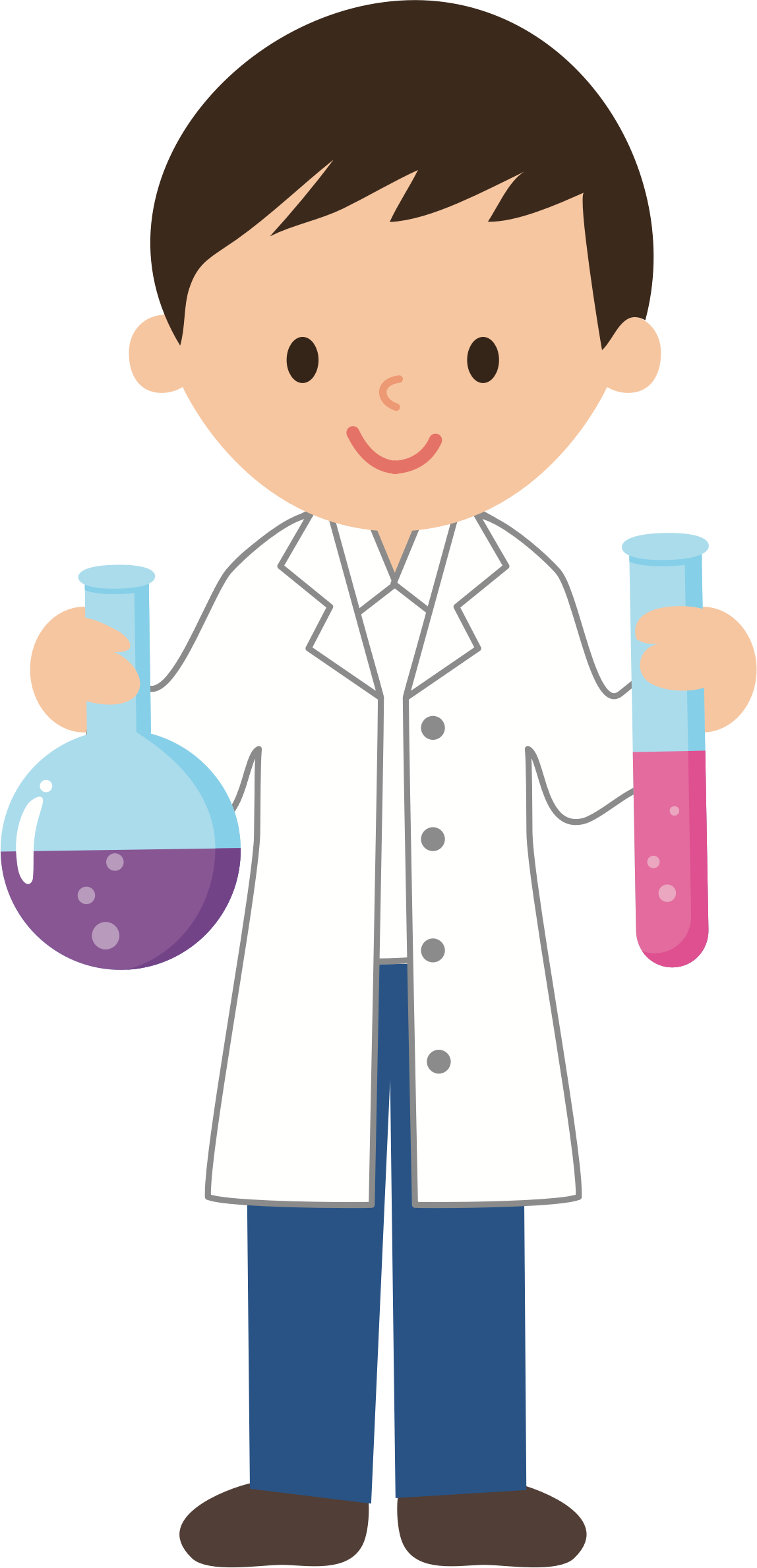The Impact of Social Issues such as Social Class on Physical Education
Social
issues such as Social Class has an Impact/Influence on Physical Education
From My Experiences:
From my teaching practice experience I found that social
class has a great impact on students’ involvement in physical education. I
taught in a DEIS school where the vast majority of the students came from lower
class backgrounds and many had financial issues or difficulties in their home
lives. The school was also located in the inner city so students had very
little access to opportunities for physical activity. I found that the only
involvement the majority of the students had in sport were the opportunities
provided to them by the school. One instance where this was shown was when
rowing Ireland joined up with the school, this allowed the students to
participate in a 6 week introduction to rowing programme and then allowed them
to join Galway rowing club for free for the remainder of the year. Training
sessions were put on directly before school to facilitate students as this was
the easiest time for them to get to the training sessions. A large number of
the students continued to train with the rowing club out of school hours.
What the Experts Say:
 The literature states that an
increased “breadth” of activities and wide sporting repertoires in youth has a
large impact on a person’s participation in physical activity in later life
(Wheeler et al, 2017) This relates strongly to the child’s cultural capital,
where sport is highly valued and seen as an integral part of the culture of the
family the children are most likely to be exposed to a wide variety of sporting
experiences in their youth and therefore more likely to continue good physical
activity practices as they grow up. Cultural capital is defined as “social capital like family and social
networks and affiliations and in forms of cultural capital such as educational
credentials” (Lynch and Baker, 2005) This is the area in which students
from underprivileged socio-economic backgrounds will be lacking experiences
which wheeler feels may impact their participation in physical activity. Studies
like the one carried out by Ramon Spaaij (2012) on the impact of sports
interventions on cultural capital showed that over 90% of participants saw a
positive impact on their personal and their skills development and noted the
transfer-ability of the skills they acquired in their future physical activity.
The literature states that an
increased “breadth” of activities and wide sporting repertoires in youth has a
large impact on a person’s participation in physical activity in later life
(Wheeler et al, 2017) This relates strongly to the child’s cultural capital,
where sport is highly valued and seen as an integral part of the culture of the
family the children are most likely to be exposed to a wide variety of sporting
experiences in their youth and therefore more likely to continue good physical
activity practices as they grow up. Cultural capital is defined as “social capital like family and social
networks and affiliations and in forms of cultural capital such as educational
credentials” (Lynch and Baker, 2005) This is the area in which students
from underprivileged socio-economic backgrounds will be lacking experiences
which wheeler feels may impact their participation in physical activity. Studies
like the one carried out by Ramon Spaaij (2012) on the impact of sports
interventions on cultural capital showed that over 90% of participants saw a
positive impact on their personal and their skills development and noted the
transfer-ability of the skills they acquired in their future physical activity. The Impact on my Teaching:
I think my main focus going
forward in my own teaching will be to introduce all of my students to that
increased breadth of activities that Wheeler spoke of. This means thinking
outside of the box, introducing them to a wide variety of sports associated
with different cultures. Perhaps an idea would be to include sports from some
of the different cultures represented within the class. In some small way this
may have an impact on the cultural capital the students experience in their
youth and hopefully will open their eyes to a wide range of different sporting
opportunities in the future. I would like to show the students that
participation in physical activity can be as beneficial for the social aspects
of their lives as well as their health.

References:
·
Lynch, K. and Baker, J. (2005), ‘Equality in
education’, School Field, 3(2), p. 135, available:
http://journals.sagepub.com/doi/abs/10.1177/1477878505053298 [Accessed 18 Oct.
2018].
·
Spaaij, Ramon (2012) Building Social and
Cultural Capital among Young People in Disadvantaged Communities: Lessons from
a Brazilian Sport-Based Intervention Program. Sport, Education and Society.
[Online] 17 (1), 77–95.
·
Wheeler, S., Green, K., & Thurston, M.
(2017). Social class and the emergent organized sporting habits of primary-aged
children. European Physical Education Review, 1-20

Comments
Post a Comment